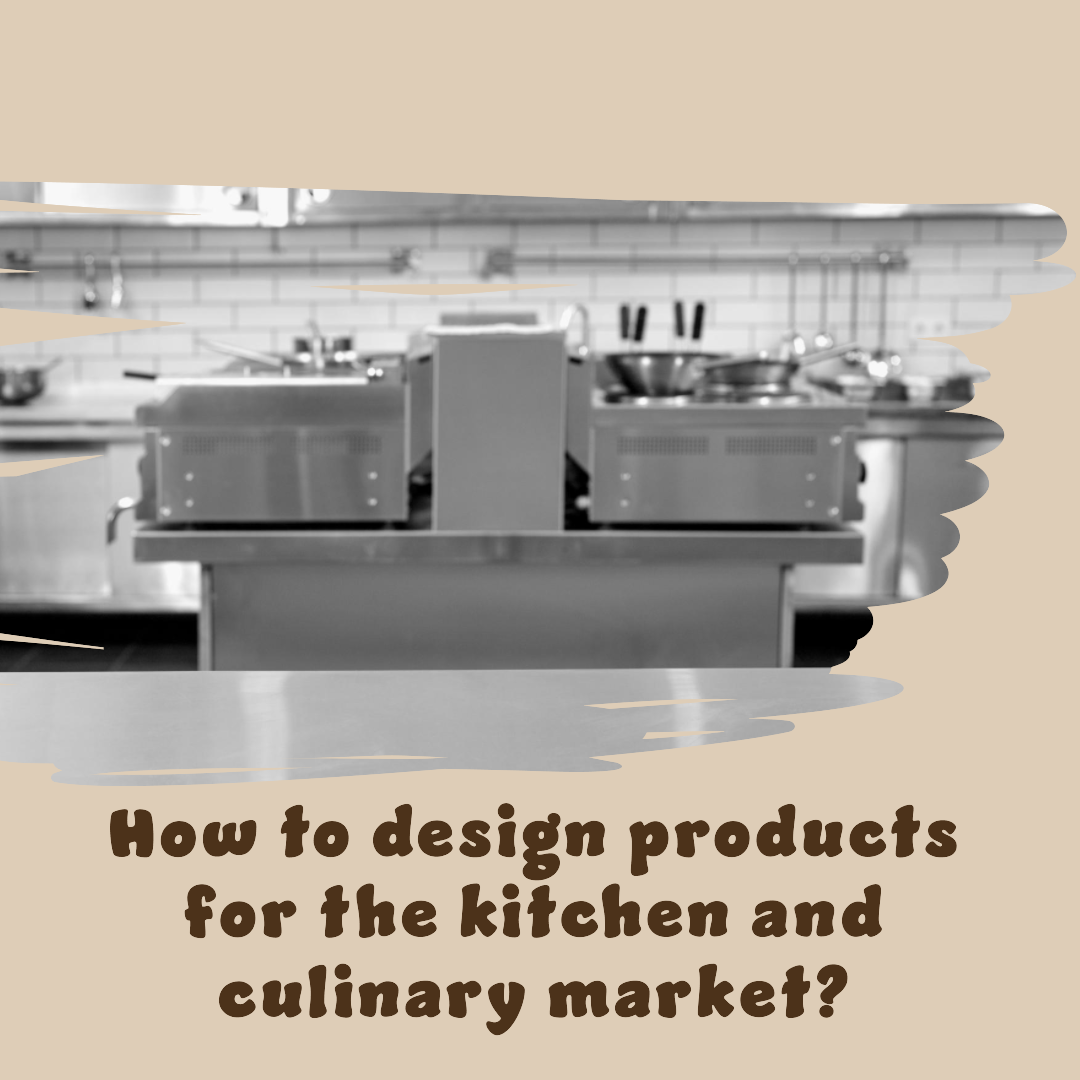How to design products for the kitchen and culinary market?
Introduction
The kitchen and culinary market is a large and growing industry. In 2023, the global kitchenware market is expected to reach $97.6 billion. This growth is being driven by a number of factors, including the increasing popularity of home cooking, the rising disposable income of consumers, and the growing demand for high-quality kitchen products.
Opens in a new windowpromova.com
variety of kitchen products, including pots, pans, utensils, and appliances
To be successful in this market, designers need to be able to create products that are both functional and stylish, and that meet the needs of a wide range of consumers, from home cooks to professional chefs. In this blog article, we will discuss the essential steps involved in designing products for the kitchen and culinary market. We will also provide tips on how to market and sell your products once they are finished.
Step 1: Understand your target market
The first step in designing any product is to understand your target market. In the kitchen and culinary market, your target customers may include:
- Home cooks
- Professional chefs
- Restaurants
- Caterers
- Food bloggers
- Culinary students
- Foodies
To understand your target market, you can conduct market research, interview cooks and chefs, and analyze customer feedback. You should also consider the following factors:
- What are the biggest challenges faced by cooks and chefs today?
- What new technologies and trends are emerging in the industry?
- What are the unmet needs of cooks and chefs?
Step 2: Identify opportunities for innovation
Once you understand your target market, you can start to identify opportunities for innovation. The kitchen and culinary market is constantly evolving, so there are always new opportunities to create new and better products.
When looking for opportunities to innovate, consider the following:
- Emerging technologies: Can you use new technologies to create products that are more efficient, durable, or affordable?
- Changing cooking habits: How are the cooking habits of consumers changing over time? Can you create products that meet these new needs?
- Unmet needs: What are the unmet needs of cooks and chefs? Can you create products that address these needs?
Step 3: Develop your product concept
Once you have identified an opportunity for innovation, you can start to develop your product concept. This involves defining the problem that your product solves, identifying the key features and benefits of your product, and developing a prototype.
When developing your product concept, it is important to keep cooks and chefs in mind. Make sure that your product solves a real problem for them and that it offers features and benefits that they value.
Step 4: Test and refine your product
Once you have a prototype of your product, it is important to test it thoroughly. This will help you to identify any areas where your product needs improvement.
You can test your product with a variety of people, including home cooks, professional chefs, and culinary students. Get their feedback on the design, functionality, and ease of use of your product.
Use the feedback you receive to refine your product design. Make sure that your product is easy to use, durable, and meets the needs of cooks and chefs.
Step 5: Launch your product
Once you are satisfied with your product design, you are ready to launch your product to the market. This involves developing a marketing and sales strategy, and getting your product into the hands of potential customers.
You can market your product through a variety of channels, including online and offline advertising, social media, and public relations. You can also sell your product through traditional retail stores or through your own online store.
Additional tips for designing products for the kitchen and culinary market
- Focus on quality and durability: Cooks and chefs need products that are well-made and can withstand the rigors of everyday use.
- Make your products easy to use: Cooks and chefs often need to operate their equipment quickly and efficiently. Make sure that your products are easy to set up and use.
- Design your products for versatility: Cooks and chefs need products that can be used for a variety of tasks. Make sure that your products are versatile and can be adapted to different cooking needs.
- Get feedback from cooks and chefs early and often: When developing and testing your product, be sure to get feedback from cooks and chefs of all skill levels. This will help you to ensure that your product meets the needs of the market.
Examples of successful product designs for the kitchen and culinary market
- The Instant Pot is a multi-cooker that has become popular among home cooks in recent years.
- The Vitamix blender is a high-performance blender that is popular among both home cooks and professional chefs.
- The KitchenAid stand mixer is another popular kitchen appliance that is used by both home cooks and professional chefs.








